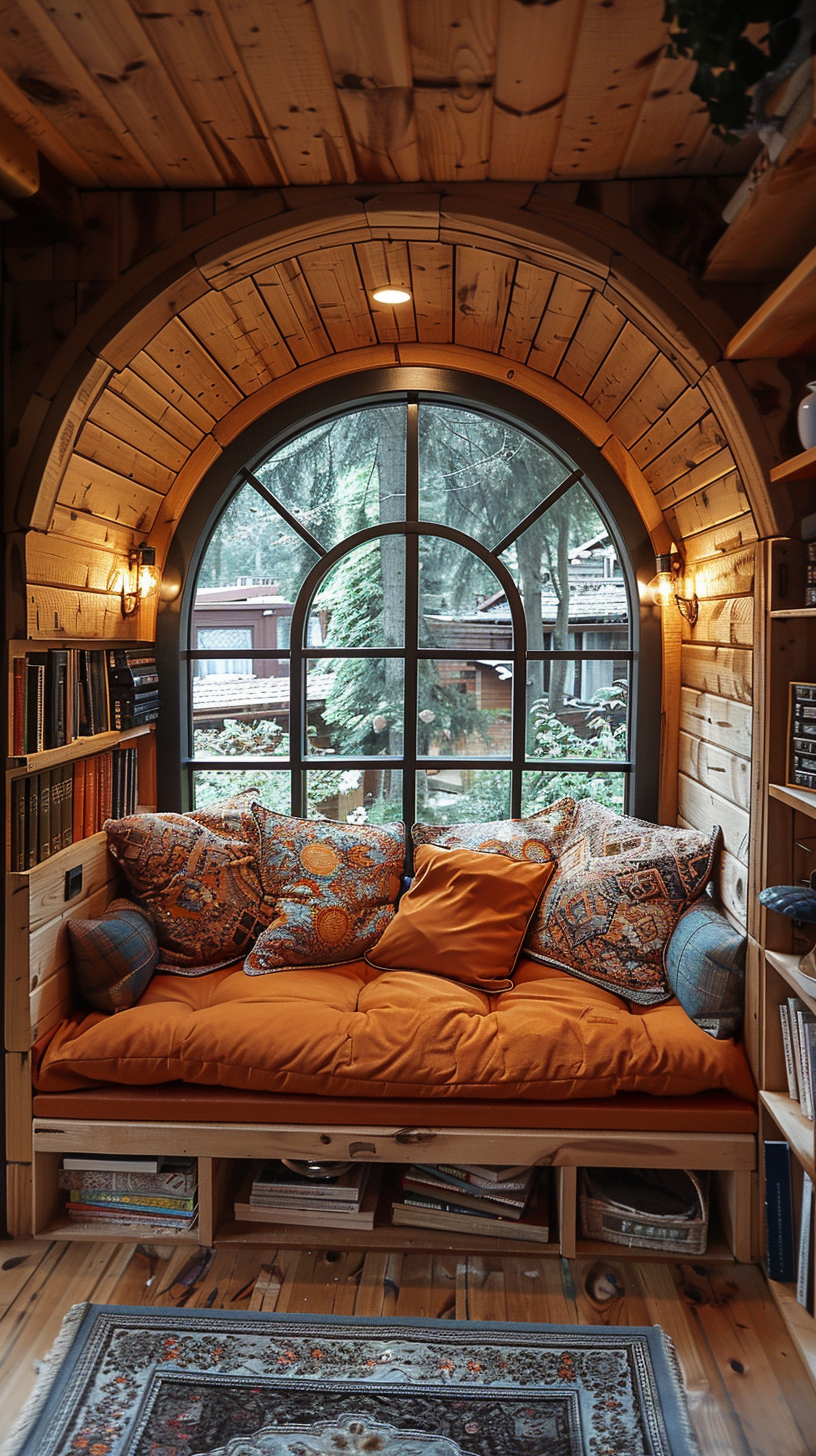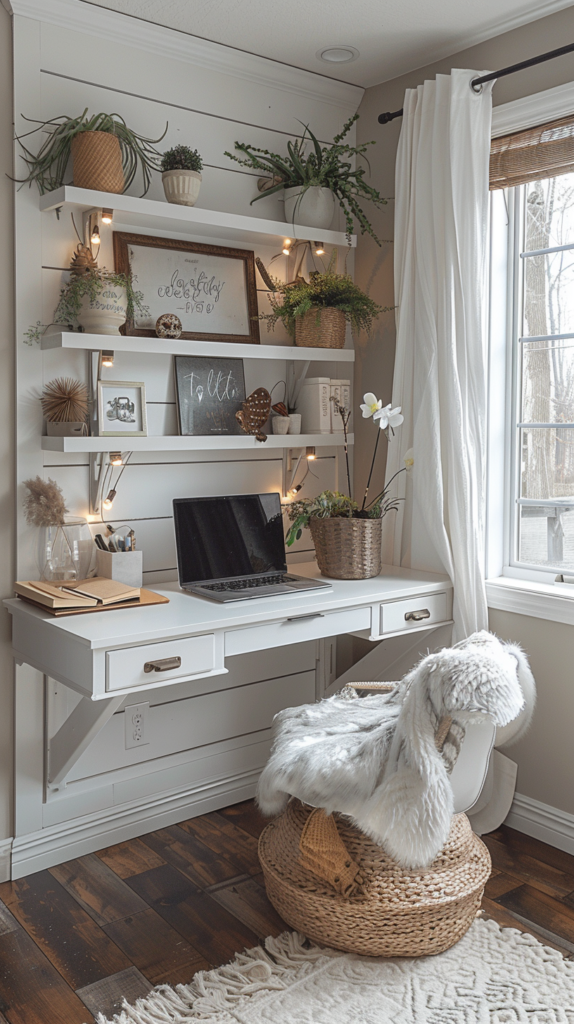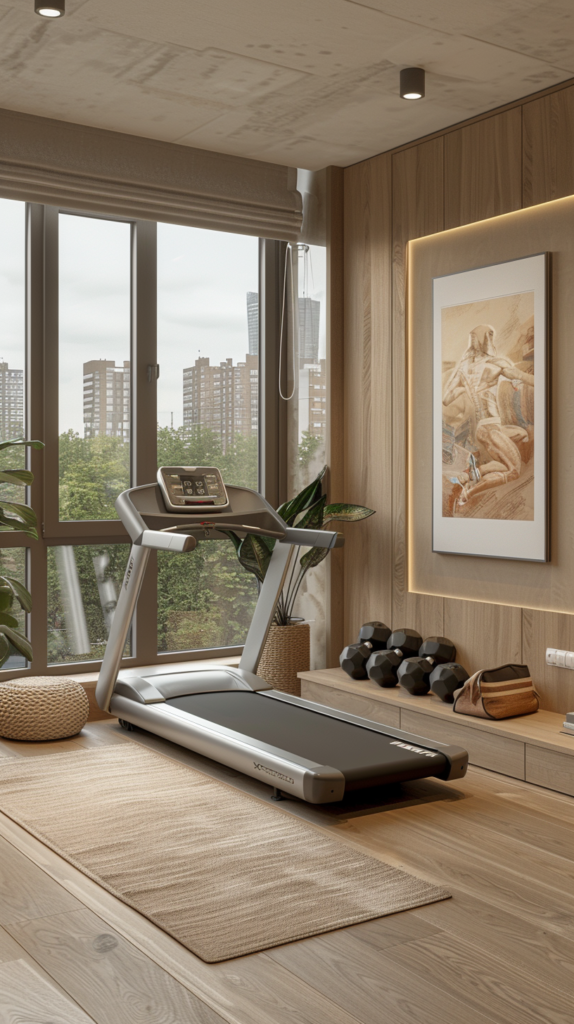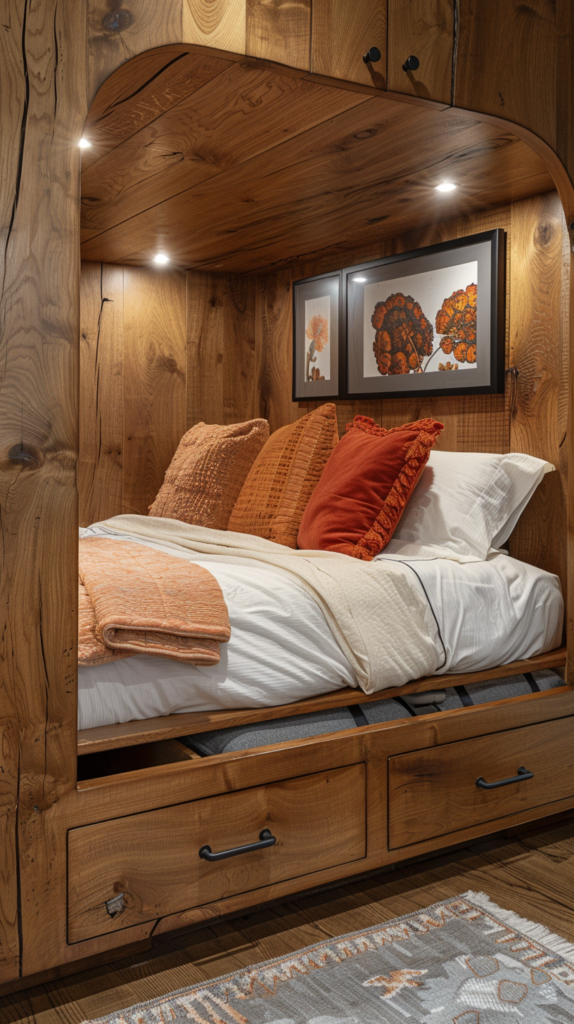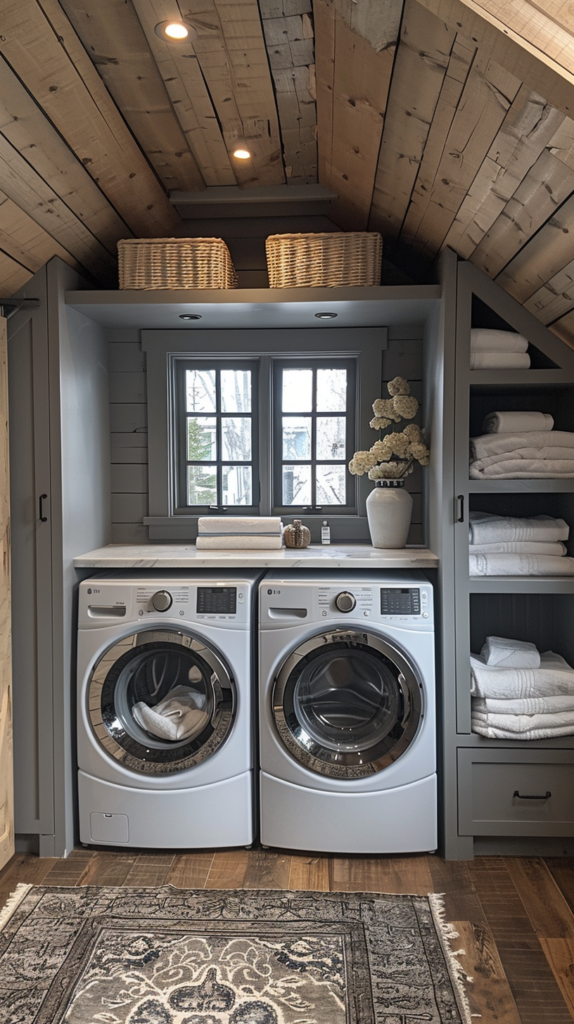Introduction
Lighting plays a crucial role in how we perceive space in our homes. Strategic lighting can make a room feel larger, airier, and more inviting. Whether you’re dealing with a small apartment, a cozy living room, or a compact kitchen, the right lighting can transform your space. Let’s explore how to use lighting to create the illusion of more space and enhance the overall ambiance of your home.
Understanding the Impact of Lighting on Space Perception
Why Lighting Matters
Lighting affects not only the functionality of a space but also its mood and perception. Proper lighting can highlight architectural features, enhance colors, and create a sense of depth. It can make a small room feel larger or a large room feel cozier.
Types of Lighting
Understanding the different types of lighting is essential for creating the desired effect in your space. There are three main types of lighting: ambient, task, and accent.
- Ambient Lighting: Provides overall illumination for a room. Examples include ceiling fixtures, chandeliers, and wall-mounted lights.
- Task Lighting: Focuses on specific areas where activities such as reading or cooking take place. Examples include desk lamps, under-cabinet lights, and pendant lights.
- Accent Lighting: Highlights specific features or objects in a room, such as artwork or architectural details. Examples include track lighting, wall sconces, and spotlights.

Strategies for Using Lighting to Create the Illusion of Space
1. Maximize Natural Light
Use Sheer Curtains
Sheer curtains allow natural light to filter in while providing some privacy. They create a light, airy feel and help make the room appear more spacious.
Reflect Light with Mirrors
Placing mirrors opposite windows can reflect natural light throughout the room. Mirrors create the illusion of depth and make the space feel larger.

2. Layer Your Lighting
Combine Different Lighting Types
Layering ambient, task, and accent lighting ensures that all areas of the room are well-lit. This approach creates a balanced, inviting space and prevents dark corners that can make a room feel smaller.
Use Dimmer Switches
Dimmer switches allow you to adjust the brightness according to the time of day or mood. They provide flexibility and help create a dynamic lighting scheme.

3. Highlight Vertical Spaces
Install Wall Sconces
Wall sconces draw the eye upward, emphasizing the height of the room. They provide soft, indirect lighting that enhances the overall ambiance.
Use Tall Floor Lamps
Tall floor lamps can add height and drama to a room. Position them in corners or beside furniture to create focal points and draw attention to vertical spaces.

4. Choose Light Colors for Fixtures and Bulbs
Opt for White or Light-Colored Fixtures
Light-colored fixtures blend seamlessly with the ceiling and walls, creating a cohesive look. They help distribute light more evenly and make the room feel brighter.
Use Warm White Bulbs
Warm white bulbs mimic natural light and create a welcoming atmosphere. They enhance the perception of space and make the room feel more comfortable.

5. Incorporate Recessed Lighting
Install Recessed Ceiling Lights
Recessed lighting provides even, unobtrusive illumination. It’s perfect for small spaces where ceiling height is an issue. Install these lights in a grid pattern to ensure uniform coverage.
Use Recessed Floor or Wall Lights
Recessed floor or wall lights can add subtle highlights and guide traffic flow. They’re ideal for hallways or small living areas and create a modern, streamlined look.
6. Enhance Specific Areas with Accent Lighting
Highlight Architectural Features
Use spotlights or track lighting to highlight architectural features like alcoves, columns, or textured walls. Accent lighting adds depth and dimension to the room.
Illuminate Artwork or Decor
Accent lights can draw attention to artwork or decorative pieces. They create focal points and enhance the overall aesthetic of the space.

Practical Tips for Implementing Lighting Solutions
1. Plan Your Lighting Layout
Start with a lighting plan that considers the size, shape, and function of the room. Identify key areas that need illumination and choose appropriate fixtures.
2. Experiment with Light Placement
Try different placements for lights to see how they affect the room. Move lamps and fixtures around until you achieve the desired effect.
3. Combine Artificial and Natural Light
Integrate artificial lighting with natural light sources for a balanced look. Use shades, blinds, or curtains to control the amount of natural light entering the room.
4. Consider Energy Efficiency
Opt for energy-efficient bulbs and fixtures to save on electricity costs. LED bulbs are a great choice as they last longer and use less energy than traditional incandescent bulbs.
5. Regularly Update Your Lighting
Keep your lighting scheme up to date by replacing outdated fixtures or bulbs. Regular maintenance ensures that your lighting remains effective and stylish.

Conclusion
Creating the illusion of space with lighting is all about strategic planning and thoughtful design. By maximizing natural light, layering different types of lighting, highlighting vertical spaces, and choosing the right fixtures and bulbs, you can transform even the smallest rooms into open, inviting areas. Embrace these lighting techniques to enhance the beauty and functionality of your home.
FAQs
How can I make a small room look bigger with lighting?
Use a combination of natural light, ambient, task, and accent lighting. Reflect light with mirrors and choose light-colored fixtures to create an open, airy feel.
What types of light bulbs are best for creating a spacious feel?
Warm white LED bulbs are ideal. They mimic natural light, are energy-efficient, and create a welcoming atmosphere.
How do I choose the right light fixtures for a small space?
Opt for light-colored, minimalistic fixtures that blend with your decor. Consider recessed lighting, wall sconces, and tall floor lamps to maximize space and enhance verticality.
Can accent lighting make a room look bigger?
Yes, accent lighting can highlight specific features and create focal points. It adds depth and dimension, making the room feel larger and more dynamic.
What is the role of mirrors in enhancing lighting?
Mirrors reflect natural and artificial light, helping to distribute it throughout the room. They create the illusion of depth and make spaces appear larger.

